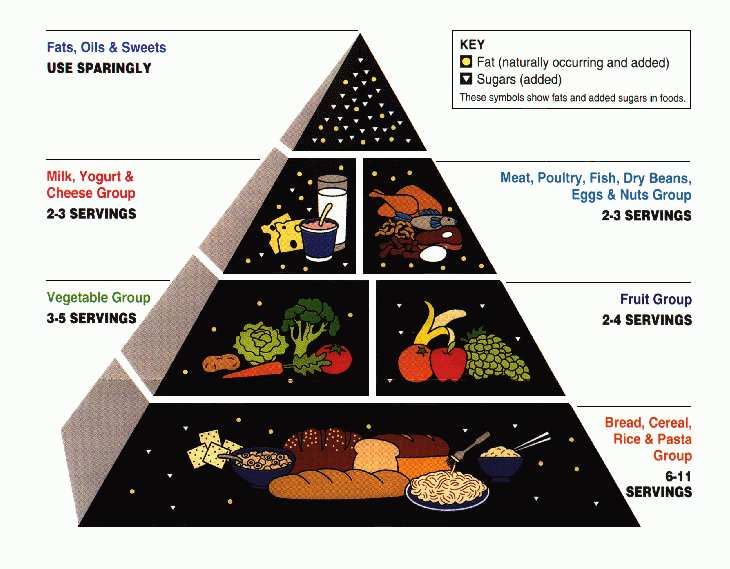Love him or hate him, Ben Shapiro, the conservative political commentator, is a master debater. I recently watched a video that described some of the tactics he used when challenged by reporters and liberals, and I believe they are powerful lessons for a challenger salesperson to internalize in business negotiations.
As salespeople, we are frequently challenged about our claims, and a good salesperson would be wise to incorporate some of Ben’s negotiations tactics in their response. Here are two defensive and two offensive tactics that Ben often employs in his debates that you can use when you are challenged during your sales calls or to create a more compelling argument during negotiations.
Defensive Sales/Negotiations Strategies
As humans, we are being sold to all the time. As a defensive mechanism, we tend to be hardwired to not accept a salesperson’s claims on face value. We look for anything to argue that their claims are not true. A good salesperson is like a Jujitsu master who knows how to take the energy of the prospect, and either neutralize it or use it in negotiations to their advantage to keep the prospect off balance.
Catching non-arguments
Social proof is the phenomenon where people simply look at mass adoption as validation for a specific position. In many sales situations, especially if you are selling something novel or unique, a prospect may object to your assertions by citing a lack of social proof or may use a sound bite from a recognized authority figure that is contrary to your claim.
When you are in such a sales situation, the prospect may share something like “Well 9 out of 10 [Fill in the blank] can’t be wrong” or “[so and so] said…” as a way to say that your claims are wrong. In most cases, their points are not facts but simply opinions. Your job in this situation or negotiations is to make them aware that these are just opinions and not facts.
A good response to these types of arguments is to reply with something like “Interesting point, however, I disagree” or simply say “So what?”

You can then remind the prospect that social proof does not make their point a valid one. Take for example a famous Camel ad that said, “More doctors smoke camels than any other cigarette”. While it might be a compelling and interesting fact, it does not change the fact that Camels were not any better for you taste-wise or health-wise than any other brand of cigarettes.

Even a statement from a recognized authority figure is often wrong. Consider that for years, the USDA and doctors promoted the food pyramid that said to eat healthy, our diet should contain lots of Bread, Cereal, Rice & Pasta which made up the base of the food pyramid. Of course, we all know that experts no longer recommend a diet rich in carbohydrates.
Many statements made by a prospect in an attempt to disprove your arguments are simply opinions and are non-arguments. They require more evidence to be deemed conclusive. Remind them that simply saying something does not make it so. Saying that the world is flat or that stricter gun control will make us all safer are opinions, not facts. When presented with a non-argument, great salespeople simply don’t take the bait and deflate the prospect’s argument.
Push for Specifics
Most people hold very broad and indefensible viewpoints because they have simply often adopted someone else’s viewpoint without a good understanding of all the issues. This is especially true in politics and is also common in many sales situations and negotiations. While your prospect may hold strongly to their viewpoints, they can’t articulate their argument in concrete terms.
So, when a prospect’s argument to your claim is reflected by a broad or blanket statement such as “Email marketing is no longer effective and that today Social Media marketing is better”, simply ask them to be more specific or to cite their specific source. Asking for specifics will shed light on the fact that their broadly held beliefs may be flawed, which opens the door a crack to let them consider your argument as holding water, while theirs may not. Asking for specifics when the prospect does not have any will make them feel off-balance.
One key point when asking for specifics is to not to get wrapped up in defending or responding to generalized statements. Once you take up your side of the argument, you demonstrate that you are buying into the argument itself. Just ask them for specifics to make them question their broadly held assumptions.
Offensive Sales/Negotiations Strategies
As a salesperson or in business negotiations, your job is to persuade a prospect that your claims support their goals and desires. Several persuasion techniques in the hands of a capable salesperson or negotiator can be powerful offensive weapons to make a prospect accept your claims.
Snuck Premises
A basic argument will have one or more premises that lead a person to one conclusion. The first parts of the argument are the premises and statements that support your conclusion. So, the conclusion is the result of these premises.
A typical argument might be that Colorado Springs is in Colorado, and Colorado is part of the United States, therefore Colorado Springs is in the United States. Pretty straight forward and easy to follow, right?
However, what if the logic you introduce as part of your conclusion can be easily confused, as is often the case when the conclusion is affected by the cause and effect fallacy?

For example, an argument might be that we can all agree that windmills always spin whenever the wind blows, and when there is no wind, they don’t spin, so it is clear that windmills are responsible for creating wind.
Of course, the windmill example is an extreme case where the conclusion is not correct, yet it might appear to be plausible in the absence of additional data.
A skilled salesperson for a pro-life charity while discussing abortion might simply replace the word “fetus” with the word “baby” to change up the pro-choice/pro-life argument. While the general population would be split on if it is okay to kill a fetus that was the result of rape or incest, no one would find it acceptable to kill a baby.
The snuck premises involves changing the word fetus which is associated with being before birth, with the word baby that implies after birth. That single associated difference makes it hard for the other pro-choice party to disagree with your argument, so a statement like “Is it okay to kill a fetus in some situations?” is perceived very differently than “Is it okay to kill a baby in some situations?”
To use a snuck premise in your argument, you simply introduce the exact point of contention using a bit of clever language as if your point was a given. By adopting the snuck premise, the prospect will have a harder time trying to find the hole in the argument.
While I’m not advocating outright deception on the part of a salesperson or negotiator, however by introducing a series of premises that most people will readily agree with and that supports their argument, a skilled salesperson or negotiator will not make it easy for the prospect to easily refute their conclusion.
Abstract to the Concrete
Something that is abstract is ill-defined and subject to multiple interpretations, while something that is concrete is much better defined and less subject to different interpretations.
A truly capable salesperson or negotiator understands that they can flip the non-argument defense and use it offensively. Having an abstract concept that you want a prospect’s support for, you can use a series of concrete argument to support your abstract idea.
For example, as an oil guy, I often justify the use of oil as an energy source when faced with global warming arguments. Global warming is an abstract argument. To support my argument that burning oil is not as bad as what many global warming advocates claim, I use the following concrete premises to make my argument by quoting the Environmental Defense Fund’s and the Environmental Protection Agency’s own statics that are more concrete.

Since most people believe rising CO2 levels from burning more fossil fuels is to blame for climate change, I begin by saying “According to the research, CO2 emissions from energy consumption have remained relatively constant since 1980 in the US“. The data on CO2 emission remaining flat is a concrete argument easily backed up with data from these known authorities.

Since most people hold the belief that Natural Gas is a better power generation alternative to oil, I will add “In fact, according to the EPA, methane, which is the hydrocarbon in Natural Gas, is 84 times more potent than CO2 to our climate.”

I might even add, “Fluorinated gases that we use as a refrigerant and in aerosols has risen by 70% since 1990 and that Fluorinated gas is a powerful greenhouse gas with a global warming effect that is 23,000 times greater than CO2.” just to add one more concrete argument.
Even though a single point can’t prove an argument, each premises appears to support the broader point that burning fossil fuels, and more specifically oil, could not the primary source of climate change that many supporters make it out to be. In fact, I could argue that our need for electricity to run our air conditioners and freezers has a far greater impact on climate change.
When challenged about your claims in a sales meeting or in during a negotiation, a good salesperson or negotiator would be wise to look for non-arguments and ask for specific defending their claims and using snuck premises and concrete arguments to attack abstract ideas.
How can you employ the techniques used by master debaters like Ben Shapiro to improve your sales conversions and outcomes in your negotiations?












